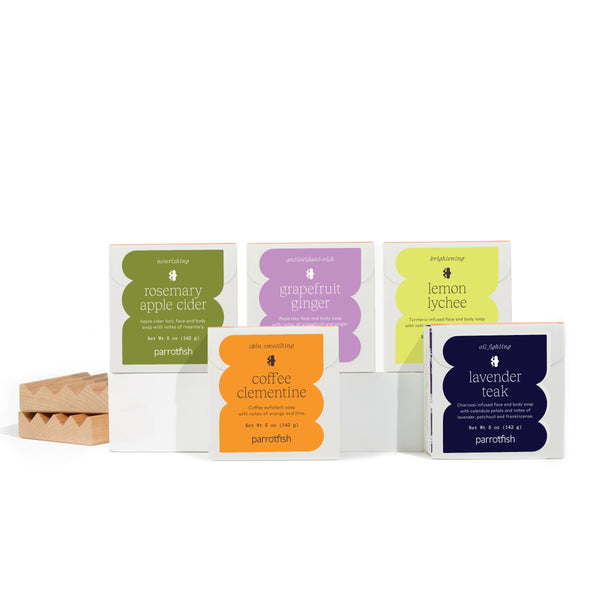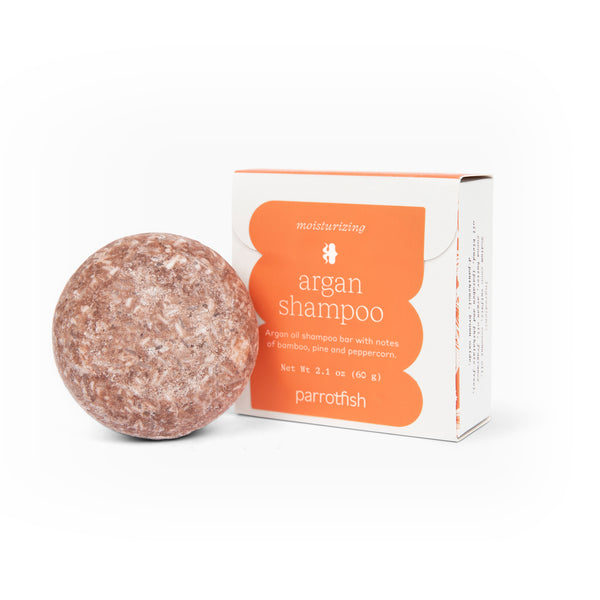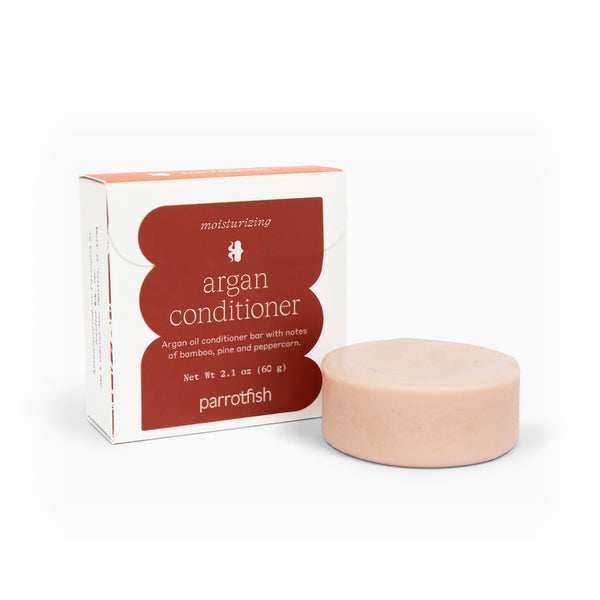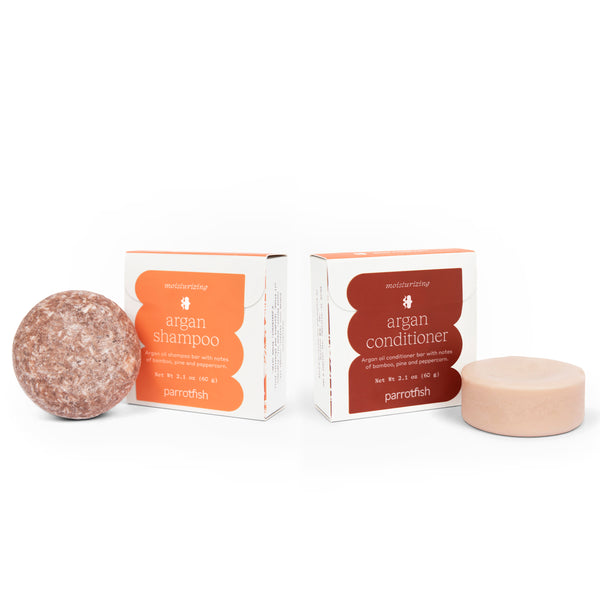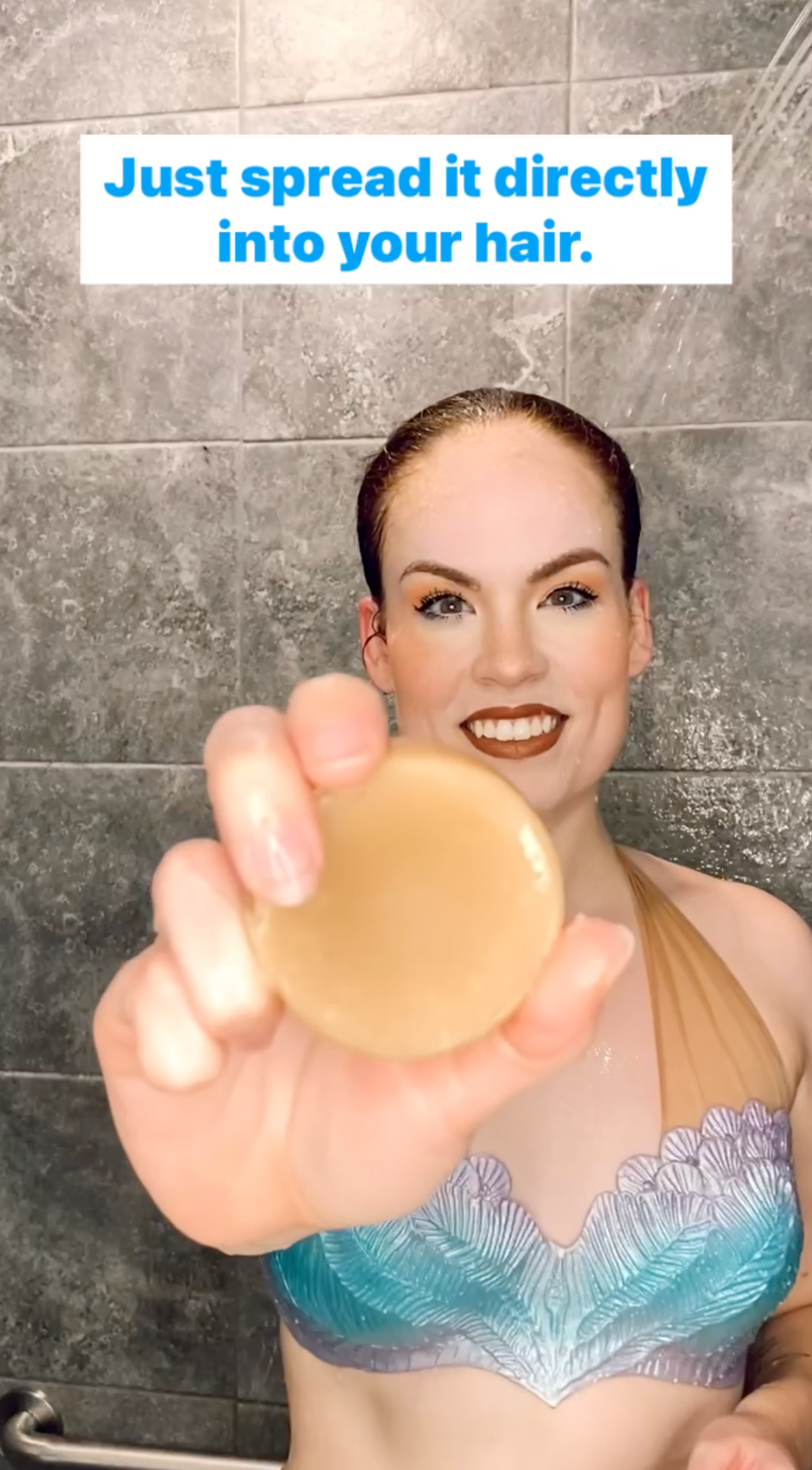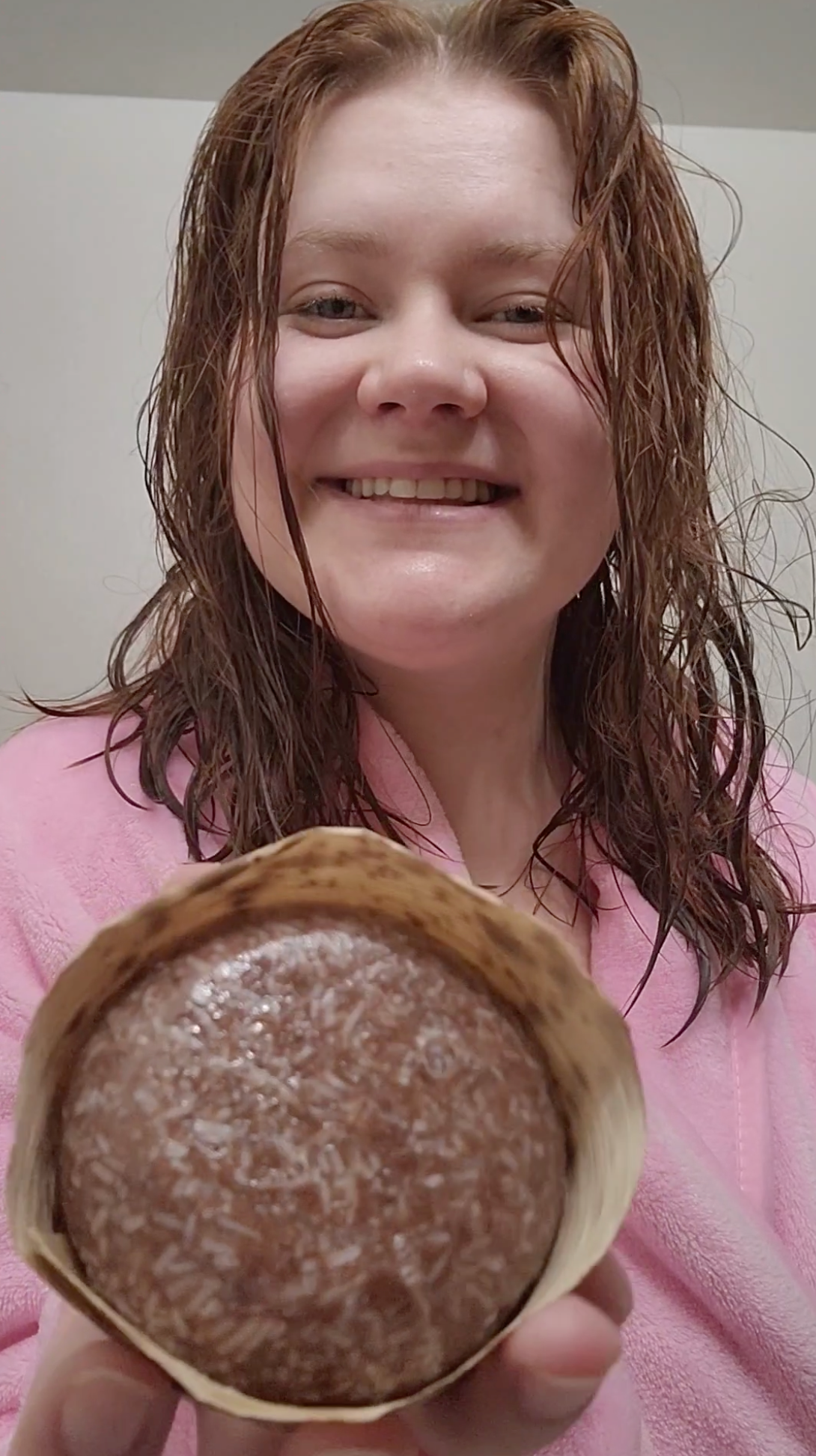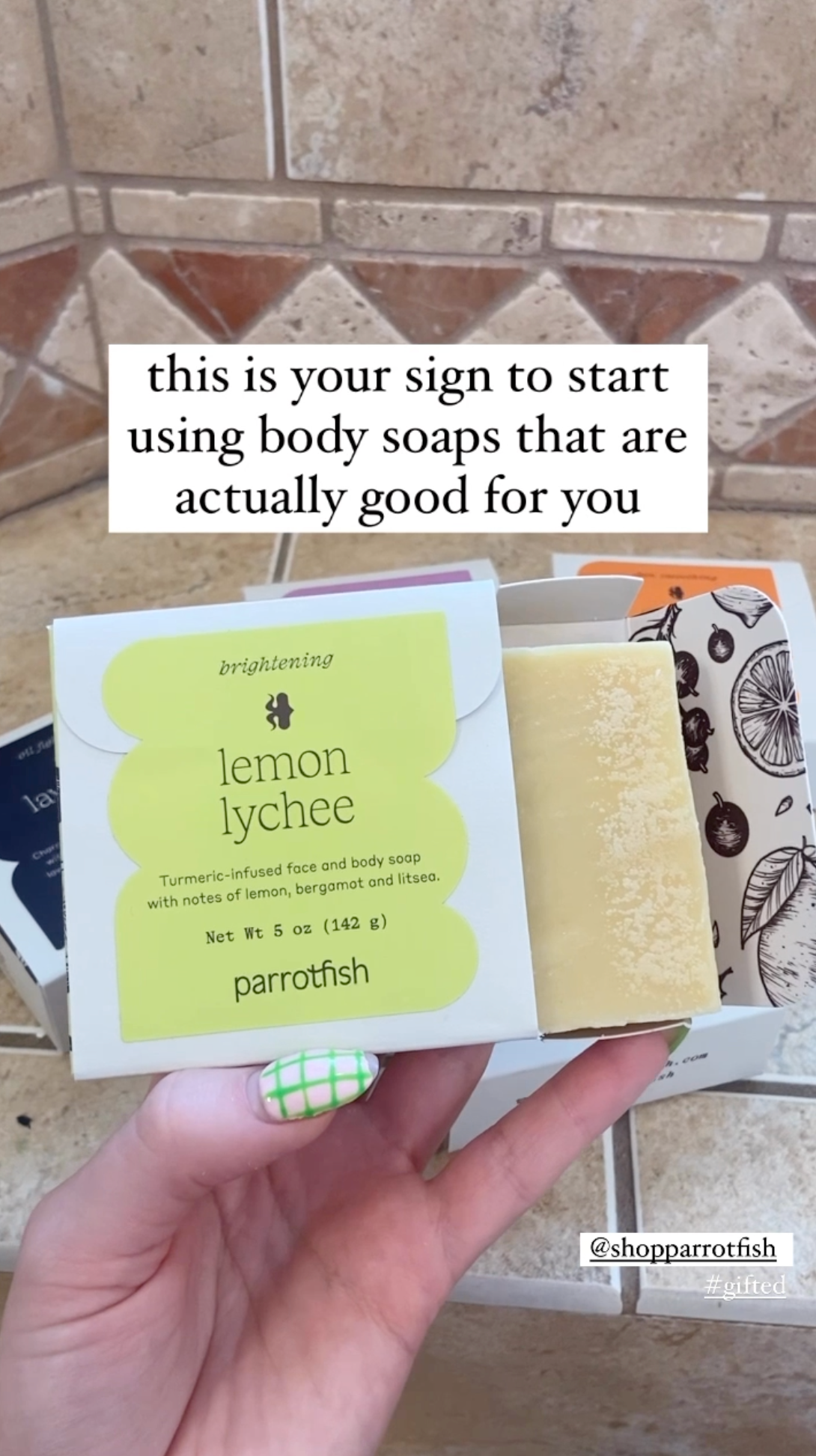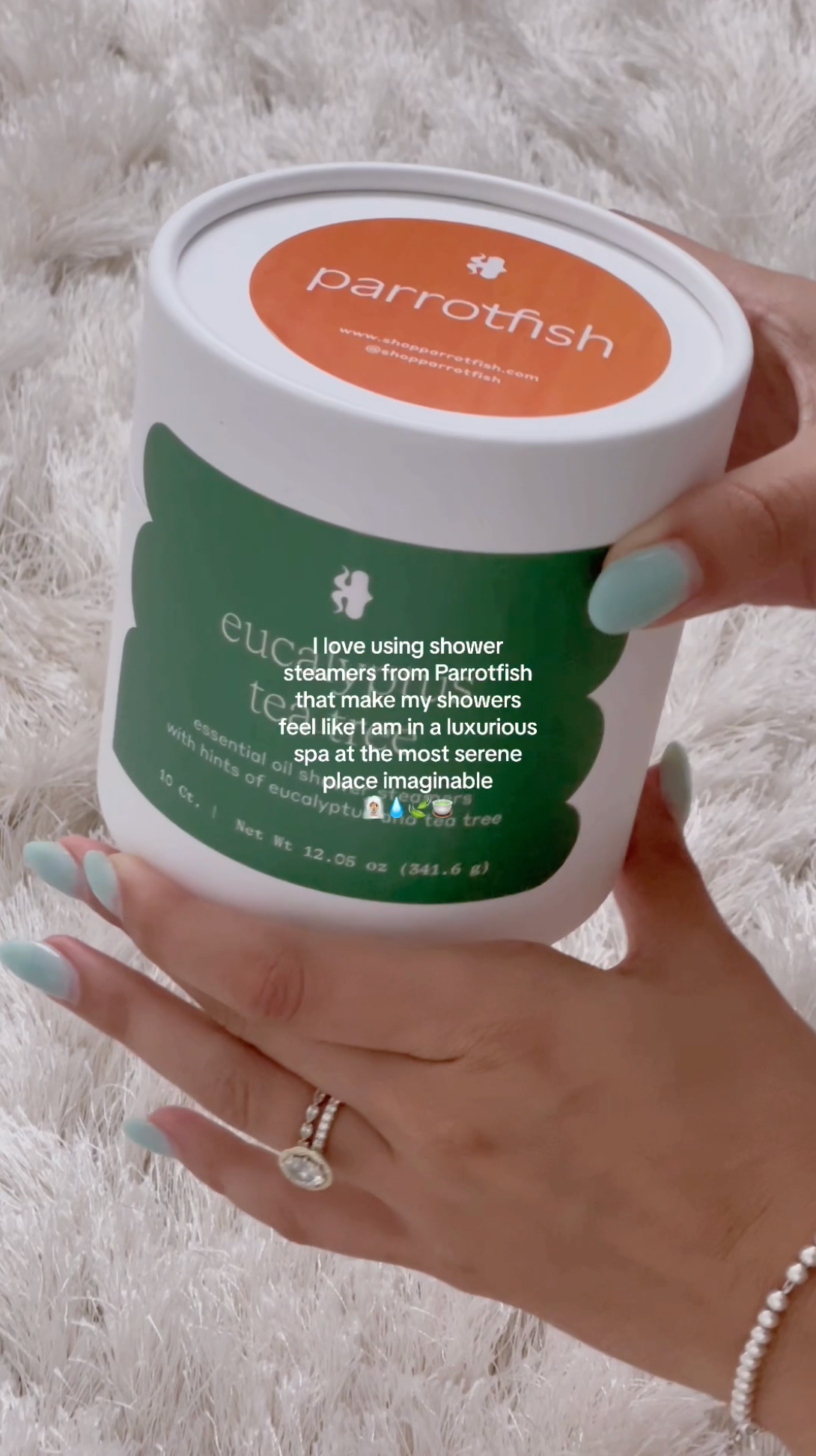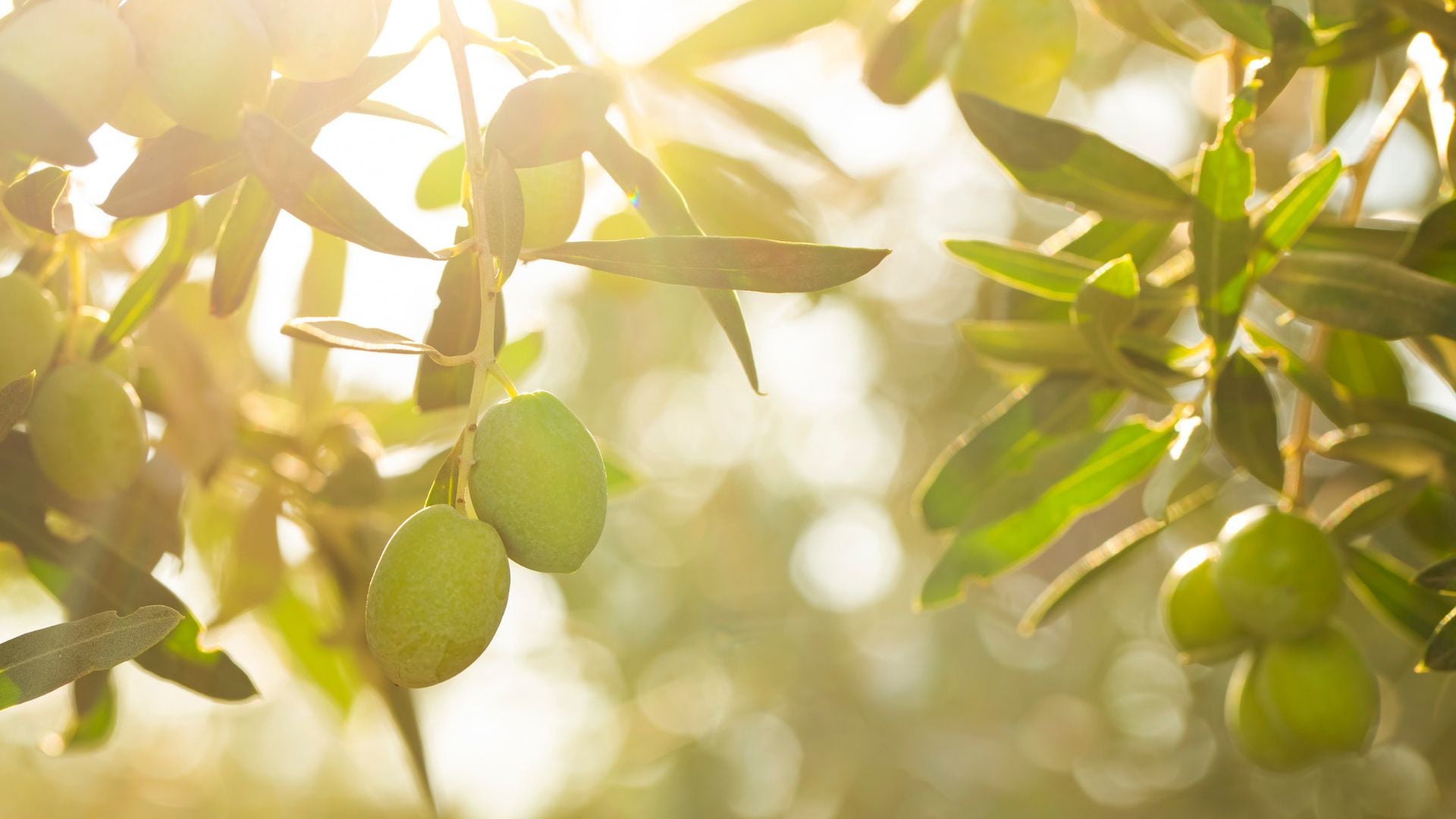

How Is Olive Oil Made
Olive oil has been a treasured resource for thousands of years, celebrated for its culinary, medicinal, and cosmetic uses. Originating in ancient Mediterranean cultures, olive oil has evolved from simple production methods to modern techniques that preserve its quality and benefits. Today, it remains versatile and valuable in cooking, skincare, and wellness.
History of Olive Oil Production
The production of olive oil dates back thousands of years, with origins traced to ancient civilizations in the Mediterranean, where it became a staple in diet, medicine, and religious practices. By the 5th-4th century BCE, olive oil was produced using stone mills to grind fresh olives into a paste, followed by pressing to extract the oil. The early method involved placing the olive paste in woven bags, pressing them to separate the oil from the solids, or “pomace.” The mixture would then settle in stone tanks, allowing the oil to rise and separate from any residual water before being collected.
Over time, olive oil production methods evolved to become more efficient. Centrifugal mechanisms and hydraulic presses were introduced, enhancing the extraction process while preserving the oil’s purity. Known as "liquid gold" by ancient writers like Homer and Hippocrates, olive oil maintained its value across cultures for its health benefits and versatility. Today, while modern machinery has streamlined production, traditional techniques like cold pressing are still used to preserve the oil’s flavor and nutritional quality, linking current practices with ancient traditions.
Modern Olive Oil Production Process
Today’s production of virgin olive oil combines traditional practices with modern technology to maintain quality while maximizing efficiency. Here is a step-by-step overview of the process used to produce high-quality virgin olive oils:
- Harvesting and Cleaning: Olives are typically harvested when they reach their ideal ripeness, either by hand or with mechanical harvesters. Timing is crucial, as freshly picked olives quickly begin to deteriorate, which can impact oil quality. Once gathered, the olives are transported to the mill, where they go through a defoliator to remove leaves and twigs, and then are washed to clear away dirt, pesticides, and other residues.
- Grinding: After cleaning, olives are crushed into a paste, a process that can be done using traditional millstones or modern stainless steel hammers. This grinding process breaks down the olive pulp, releasing the oils. The entire fruit, including pits, is ground, creating a thick paste with a consistency suitable for further processing.
- Malaxation: The ground olive paste is then transferred to a machine called a malaxer, where it is gently stirred for about 20-40 minutes. This mixing allows tiny droplets of oil to combine into larger ones, making them easier to extract. Temperature control is essential during malaxation, as keeping the paste cool preserves the oil’s natural flavors and polyphenols, which contribute to both health benefits and taste.
- Centrifugation: Next, the olive paste goes through a centrifuge, a machine that spins at high speeds to separate the oil from the water and solid olive particles (pomace). This step largely replaces the traditional pressing methods, offering a more efficient, cleaner process. After the primary centrifugation, a second, faster centrifuge removes the last traces of water and impurities, yielding high-quality virgin olive oil.
- Racking or Filtering: Once extracted, the oil may be racked or filtered to further clarify it. Racking involves allowing the oil to rest in tanks, letting any remaining sediment settle at the bottom. Filtering is often preferred for premium olive oils, as it removes tiny particles that could cause cloudiness and affect shelf life, resulting in a clearer, more stable product.
- Testing and Bottling: Before bottling, the olive oil undergoes quality testing to ensure it meets standards for acidity, flavor, and purity. Once approved, the oil is bottled in dark glass or stainless steel containers to protect it from light, which can degrade quality. Bottled oil is then labeled and prepared for distribution.
Types of Olive Oil
Olive oil is available in various grades and types, each with unique characteristics and uses. The primary types include extra virgin, virgin, refined, pomace, and organic olive oils. Each type differs in terms of production methods, acidity levels, and flavor, offering options for a range of cooking and skincare needs.
- Extra Virgin Olive Oil: Extra virgin olive oil (EVOO) is the highest-quality grade, made by cold-pressing olives without heat or chemicals. With an acidity level of 0.8% or less, it retains a rich flavor profile and high antioxidant levels, making it ideal for dressings and finishing dishes. Its purity is regulated by standards set by organizations like the International Olive Oil Council (IOOC).
- Virgin Olive Oil: Virgin olive oil is also produced mechanically without chemical processing, but it has a slightly higher acidity level (up to 2%) than extra virgin. This oil may contain minor flavor imperfections, making it suitable for light cooking while still offering health benefits.
- Refined Olive Oil: Refined olive oil undergoes additional processing and heat treatment to remove imperfections, resulting in a lighter flavor and color. It’s often blended with virgin olive oil to enhance flavor and is commonly labeled as “pure” or “light” olive oil. Refined olive oils are more heat-stable, making them suitable for high-temperature cooking.
- Olive Pomace Oil: Olive pomace oil is made from the remnants (pomace) of the olive pulp after the initial pressing. It’s extracted with solvents and refined, then blended with a small amount of virgin olive oil. While economical and often used in the food industry, it’s lower in antioxidants and flavor.
- Organic Olive Oil: Organic olive oil is produced without synthetic chemicals or pesticides, appealing to consumers prioritizing eco-friendly practices. Available in extra virgin and virgin varieties, it’s valued for its purity and natural processing, making it a popular choice for both culinary and skincare uses.
Each type of olive oil offers specific benefits, allowing consumers to select the best fit based on their needs, from rich-flavored extra virgin oils to refined oils suitable for cooking and organic options supporting sustainable practices.
Quality Testing and Tasting
Olive oil undergoes rigorous quality testing to ensure it meets high standards, particularly for classifications like extra virgin olive oil. This process includes both chemical analyses and sensory evaluations. Chemical testing checks for factors such as free fatty acid content (which must be 0.8% or lower for extra virgin olive oil) and authenticity markers to confirm purity. These tests help identify any adulteration and assess overall freshness.
Sensory analysis, performed by trained tasters, is equally important in evaluating quality. Tasters examine the oil for characteristics like fruitiness, bitterness, and pepperiness while also detecting any flavor defects. This sensory evaluation verifies that the olive oil meets quality expectations, capturing the full spectrum of aromas and flavors that signify high-quality, pure olive oil.
Using Olive Oil
Olive oil is a versatile ingredient with applications in both culinary and skincare routines. In cooking, extra virgin olive oil is ideal for raw applications like salad dressings, drizzling on bread, or finishing dishes due to its robust flavor and high antioxidant content. Added just before serving, it enhances hot dishes with its aroma and rich taste. For cooking at higher temperatures, refined or pure olive oil, with a higher smoke point, is a more suitable choice.
Beyond the kitchen, olive oil’s nourishing properties make it popular in skincare, soap, and body care products. Known for its hydrating and antioxidant effects, olive oil is frequently used as a base in moisturizers, soaps, and body oils, offering gentle hydration and protection for the skin. It’s rich in oleic acid and vitamin E, which help soothe dry or sensitive skin and create a natural barrier against environmental factors. Olive oil can also be used on its own as a facial oil, hair conditioner, or gentle makeup remover. To preserve olive oil’s quality, it should be stored in a cool, dark place, and if it solidifies in cold weather, placing it in warm water will restore it to liquid form without affecting its properties.
Related Products
What are the three enemies of olive oil?
The three main threats to olive oil quality are light, heat, and oxygen. Exposure to these elements during or after production can lead to flavor degradation and nutrient loss, causing the oil to develop undesirable tastes or "sensorial defects."
Why not eat olives instead of olive oil?
While olives and olive oil both contain beneficial polyphenols and antioxidants, olive oil is lower in sodium and provides a concentrated source of healthy fats. Unlike olives, olive oil is fiber-free and calorie-dense, making it a more efficient source of heart-healthy fats in smaller amounts.
Why drink olive oil before bed?
Consuming a small amount of olive oil before bed may improve sleep quality. Olive oil can help you feel full and satisfied, reducing late-night hunger, and promoting deeper, uninterrupted sleep by easing digestion and stabilizing blood sugar levels.
Olive oil continues to be an essential part of daily life, valued for its unique flavor, health benefits, and gentle skincare qualities. With various types and grades available, olive oil offers options to suit diverse culinary, cosmetic, and health needs, making it a timeless and adaptable choice.
Special Offer Just for You!
Thanks for reading our blog! As a token of appreciation, enjoy 10% off your next purchase with code BLOG10.
Curious about how our products work in real life? Check out what our customers are saying about their favorite shampoo bars and soap collections. Join the Parrotfish family and see why they love us!
Let customers speak for us
from 224 reviewsUnlike bottle dog shampoo. This lathers up so easily and my puppy smells wonderful!
I am not a fan of most bar type shampoos or conditioners, but this one works really well on my hair. Good lather and good scent. Also keeps my hair conditioned well.
Love! Was complimented on how great my gray hair looked after 1 use! Thank you definitely will buy again! No plastic to recycle and the beautiful bars dont clutter the bathtub. A huge plus for the environment and me a neat freak!
I was surprised how easy it lathers . Love the smell and use to remove yellow tones in my hair. Highly recommend
This is my first Parrotfish order and I am sold! The shampoo has a rich lather and cleans my hair so well, the conditioner leaves my hair shiny and soft, and the soaps smell SO goody and leave me squeaky clean. I was sent an extra bar of soap as a bonus - thank you!!! I love how good these smell, how effective they are, and that they don't use any plastic packaging!
Elevates your shower game. Perfect tool to help unwind after a stressful day at work or a chaotic one with the kids. 10/10
Smells wonderful and leaves my buzz cut and scalp clean.
I already love the shampoo and conditioner bars, but this bundle just made it easy to get everything i need for whole body! Love that i dont have to deal with bottles and everything smells so good
I recently tried the new ParrotFish dog shampoo, and I am beyond impressed! Not only does it leave my dog’s coat incredibly soft and shiny, but the scent is absolutely fantastic—fresh, clean, and long-lasting without being overpowering. Bath time has gone from a chore to a treat! It lathers well, rinses easily, and my dog’s skin seems much calmer and less itchy since switching. You can tell it’s made with quality ingredients. Highly recommend for anyone looking to upgrade their dog grooming routine. ParrotFish nailed it with this one!
Gotta tell you this is one of those rare delights of life that continue to give you the little joy in small things.
Now I know you're probably thinking it's a but pricey but it lasts for months and it gives you that squeaky- clean feel with your hands through your hair as you use it, so you know it's top-notch and getting the job done right, unlike some of those greasy petroleum/chemical like fake goop from a mass market thing.
I'm definitely not picky at all about these things usually, except this is one of the true gems that give you a little spark that you've found something special. You won't go back.
And it's compact - no bulky bottles, no plastic, perfect for a workout bag and use at home or on that shower shelf. And the company is top-notch, A+++ customer service and you can just tell they are good people with the occasional handwritten note in your delivery.
Can't say enough and won't use mass market crud again.
P.S. It's all about the Peppermint shampoo for me.
I love this shampoo bar. It lathers and smells so good.
This soap is so delightful. The fragrance is fresh, light and energizing.
This shampoo and conditioner set is top notch! My hair feels the best it ever has and it looks amazing!
I initially found the Parrotfish Argan Oil Conditioner Bar at an Erewhon store and decided to try it. It has transformed my hair from dry, frizzy and wavy to soft, shiny, and bouncy. It brought back my hair large loose curls. I looked up Parrotfish online and decided to buy my second one direct. Fulfillment was quick and shipping too. 😊
I immediately fell in love with this shampoo. I’ve always had oily hair but could never find shampoo that would actually help. My hair has never felt so clean with the peppermint shampoo!! I briefly tried to use other peppermint shampoo bars for convenience rather than shopping online but none of them are as good. I will never use another shampoo again!!

